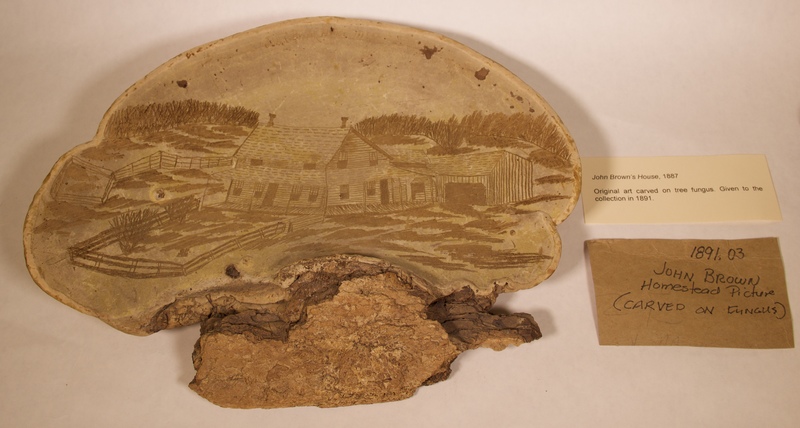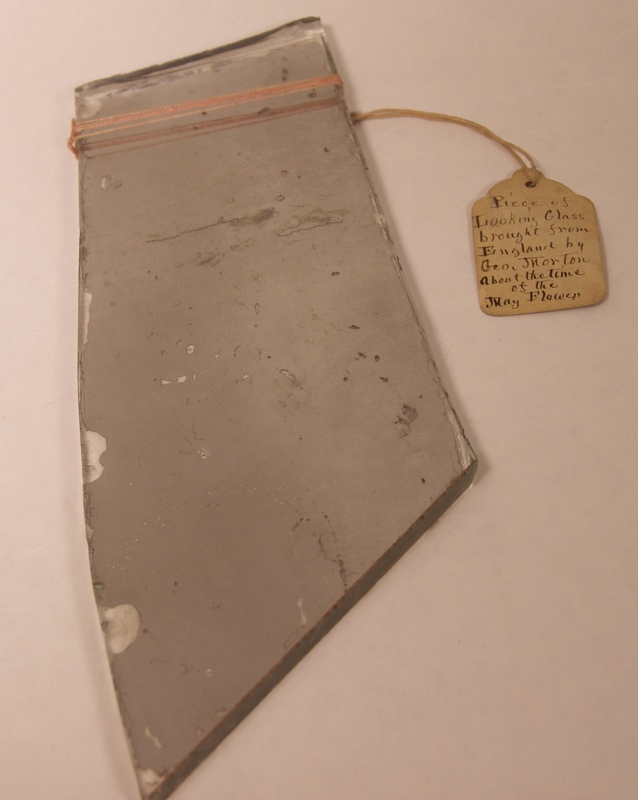Perspective
This carving connects people with pivotal American history that they have learned and heard about in school and throughout life. People today would view the carving and likely think about the things that John Brown did and what followed; the abolishment of slavery. Art is often viewed for the quality, how the piece makes you feel, the artistry behind it. But this carving, despite being very unique in its nature, is nothing to gawk at. It is very simple, the lines not always straight and the ‘canvas’ not pristine. Instead people value it, not for the quality or the ingenuity, but because it makes them remember history, John Brown’s accomplishments and the era of turmoil. It symbolizes this very important piece of American history, a turning point in our culture that still stands today. Most likely the viewer won’t think too much about the specific story behind this piece of art, partly because there is so much unknown about this carving. Who made it? What was their intention? Why did they give it to Sheldon? All we can do is guess, admire their work and how well it has been preserved, and let it connect us to the times of the past.
A suggestion to the sentiment behind the carving and how it was perceived at the time of its creation could be memorialization. John Brown had died approximately twenty-eight years before the carving was made, and at this time Brown's memory and leadership were still in the front of people's minds since slavery had recently been abolished and America was entering a new era that he had pushed for. People wanted to memorialize him and his image, so many artists created things such as this carving to do this. An advertisement was posted in the Vermont Phoenix in 1886 to try and refurbish his grave, which had been neglected and tarnished, and to create a monument in his name. (John Brown’s Grave, 1886) This shows that at this time people were still thinking of Brown as a prominent figure and wanted him immortalized. They viewed him as a leader and wanted his ideals and moral to stay strong. The carving was created just around this time when people clearly had Brown at the front of their minds, so this could be evidence that the carving was likely made and perceived at the time as a symbol of John Brown's leadership and memory in a time of turmoil in America. This is also probably why it was given to and then kept so well by Henry Sheldon, because people valued what John Brown did and wanted his memory and strength to stay alive.
This modern interpretation by connection to an important American time period is not limited to the carving of John Brown’s house. Other objects in his collection suggest similar concern with memoralizing past events, acheived with otherwise humble items. In particular the shard of glass from the Mayflower era. This piece of glass has no direct significance to it apart from its temporal connection to the Mayflower. There are no carvings, inscriptions, and we don’t know specifically where it is from. All that is known about this shard of glass is that it was brought from England around the time of the Mayflower. But this is enough for the glass to mean something. A modern viewer would likely see the shard of glass and not visualize its trip in particular, but they would think about the era and the time. Just as the John Brown house carving would be connected to John Brown’s accomplishments and the era of abolition, this shard of glass would make most modern viewers think of the era of the Mayflower. Both of these times were incredibly important to American history and even more important to the history of the Northeast. This is where the Mayflower landed, this is also where John Brown the famous abolitionist leader lived. People in the Northeast used to and still do focus on these specific turning points in American history due to the direct significance to the region. A twenty first century viewer would likely be just as drawn to the history behind the carving as the novel folk art quality of the peice because of how rooted it now is in our culture. And it seems as though this was Henry Sheldon's goal. He wanted people to remember or learn about the past that shaped our country.

